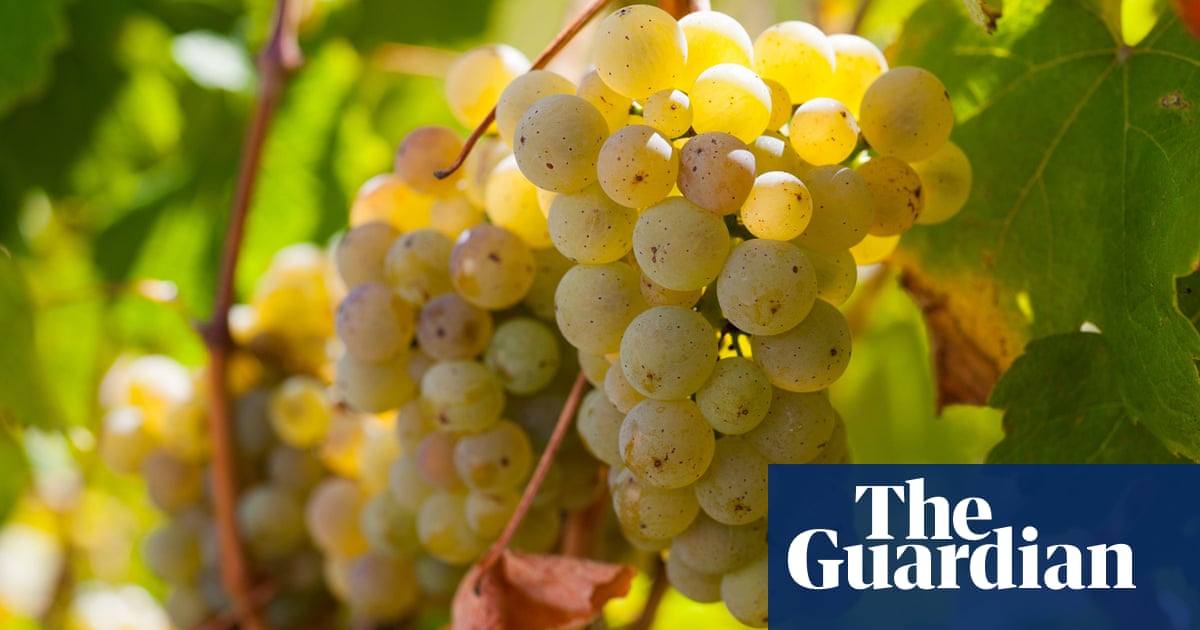
Back when I was wondering which wines would be on trend in 2023, I have to confess I didn’t see field blends being among them. I’ve been into them for a while, but this summer they suddenly seem to have slipped into the mainstream. They’ve even popped up in a couple of supermarket ranges (as well as in the somewhat less impressive Banrock Station Wild Lands line at the Co-op).
But what is a field blend, and how does it differ from any other blend? Well, the strict definition is that it denotes a wine made from a vineyard where different varieties of grape are planted randomly, rather than in blocks of a single one. It’s the way things used to be done, and operates much like a wildflower meadow. You can see the romance in that – though winemakers these days are more likely to know exactly what they’re picking, so the term is also used to cover grapes that are harvested and co-fermented at the same time, which results in some being underripe and others riper, and often brings a lively freshness to the wine (field blends are rarely high in alcohol, either). Blends, by contrast, are made mainly from grapes that are picked and vinified separately, which makes for more uniformity but less of an unpredictable thrill.
Certain countries specialise in field blends. In Austria, for example, the city of Vienna has its own, the Wiener Gemischter Satz, which is included in the Slow Food Foundation’s Ark of Taste that highlights quality, small-scale products worldwide. You find a fair few in Portugal’s Douro Valley, too, and in Spain, where two of my picks today come from; in the new world, Australia has rather fallen in love with the stuff, while, perhaps more surprisingly, there are even some in the UK, including in Wales – see the Mountain People Wine Rosé 2021 in my pick, which is only 8% and made from eight different grape varieties.
If you balk at the prices, there’s a reason they’re on the high side: true field vineyards, which are generally planted with old vines, are rare and unproductive, in much the same way as ancient apple orchards are, so producers, who tend to be small-scale, often make only a few hundred bottles each year.
It’s such an appealing concept, however, that I suspect we’ll see a lot more of them in coming years, so be prepared for what we should perhaps dub “field-washing”, the field blend equivalent of greenwashing, whereby grapes will simply be picked from different vineyards and go to press at roughly the same time.
In the meantime, look out for the real thing, particularly at this time of year, because they’re deliciously light and summery. You’ll find them in a lot of natural wine bars, too.
Six field blends to dig up
Taste the Difference Discovery Collection South African Field Blend £10 selected Sainsbury’s stores (not online), 13.5%. An explosion of apple, pear and fresh pineapple from Paarl. Wonderfully fruity and lively.
Los Tontos Sabios Red Field Blend 2021 £8.99 Waitrose, 13.5%. Deliciously juicy, gulpable, organic Spanish red. Perfect for a barbecue.
Como Lo Haria Mi Abuelo 2020 £14.95 Ultracomida, 14%. Bet you’ve never tasted a rioja like this before. A vibrantly fruity red, “like my grandfather used to make”.
Zahel, Wiener Gemischter Satz 2021 £17.75 Good Wine Shop, 12.5%. Classic Viennese field blend: light, pretty, floral and quintessentially summery.
Larry Cherubino Laissez Faire Field Blend 2022 £17.95 cellarselected.com, £19.99 (or £18.95 if you buy six) Cambridge Wine Merchants, 12.5%. An exotic, but not overly aromatic Australian blend of pinot blanc, gewürztraminer, riesling, pinot grigio and sauvignon gris matured in older French oak barriques, which gives it a slightly smoky edge. Borderline natural (Cherubino uses minimal sulphites), but still clean and crisp.
Mountain People Wine Rosé 2021 £25 Chesters Wine Merchants, Abergavenny, £26.95 Cork & Cask, 8%. Wildly delicious, low-alcohol rosé that tastes of just-picked strawberries.












